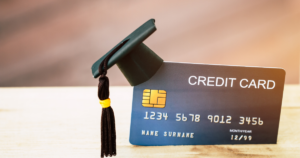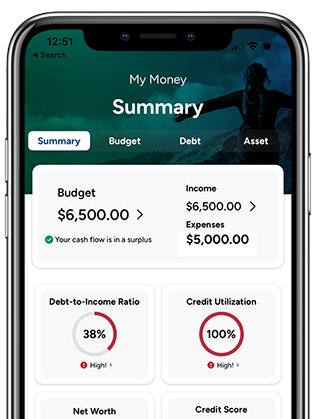Accidents happen. It’s part of life. Get over it and stop reading this.
Wait! I’m just kidding! Please come back! I have so much to tell you!
The thing is, accidents can hurt a lot less if you take the time to prepare for them financially. Our credit counseling advice is to build an emergency fund.
An emergency fund is an “untouchable” account that you build up over time. You only take money out for emergencies. This helps prevent credit card debt for when emergencies take you by surprise. Here’s a quick guide to help.
Emergencies
- Car repair so you can get to school or work
- Medical procedures and treatments so you don’t die
- Home repairs so you have a habitable place to live
- Job loss
Non-emergencies
- Shoe sale
- Craving for a lobster dinner
- Last-minute trip to Belize with your friends
- Tip on a horse race
Now that that’s squared away, here are the steps to build an emergency fund.
- Determine your absolute bare-minimum monthly expenses that you need to live (rent/mortgage, utilities, car payment, minimum credit card and loan payments, food, prescriptions, etc.)
- Once you determine that total amount, multiply it by 3. It is recommended that you have 3 to 6 months’ worth of expenses saved up for emergencies.
- Make sacrifices and tighten spending in other areas to build up your savings. Skip a few nights out each month. Use coupons for groceries. Avoid making any unnecessary purchases.
- Add all of your extra savings to the emergency fund until you have saved at least 3 months’ worth of living expenses.
If you’re struggling to pay off debt, schedule a free credit counseling session with us today.






